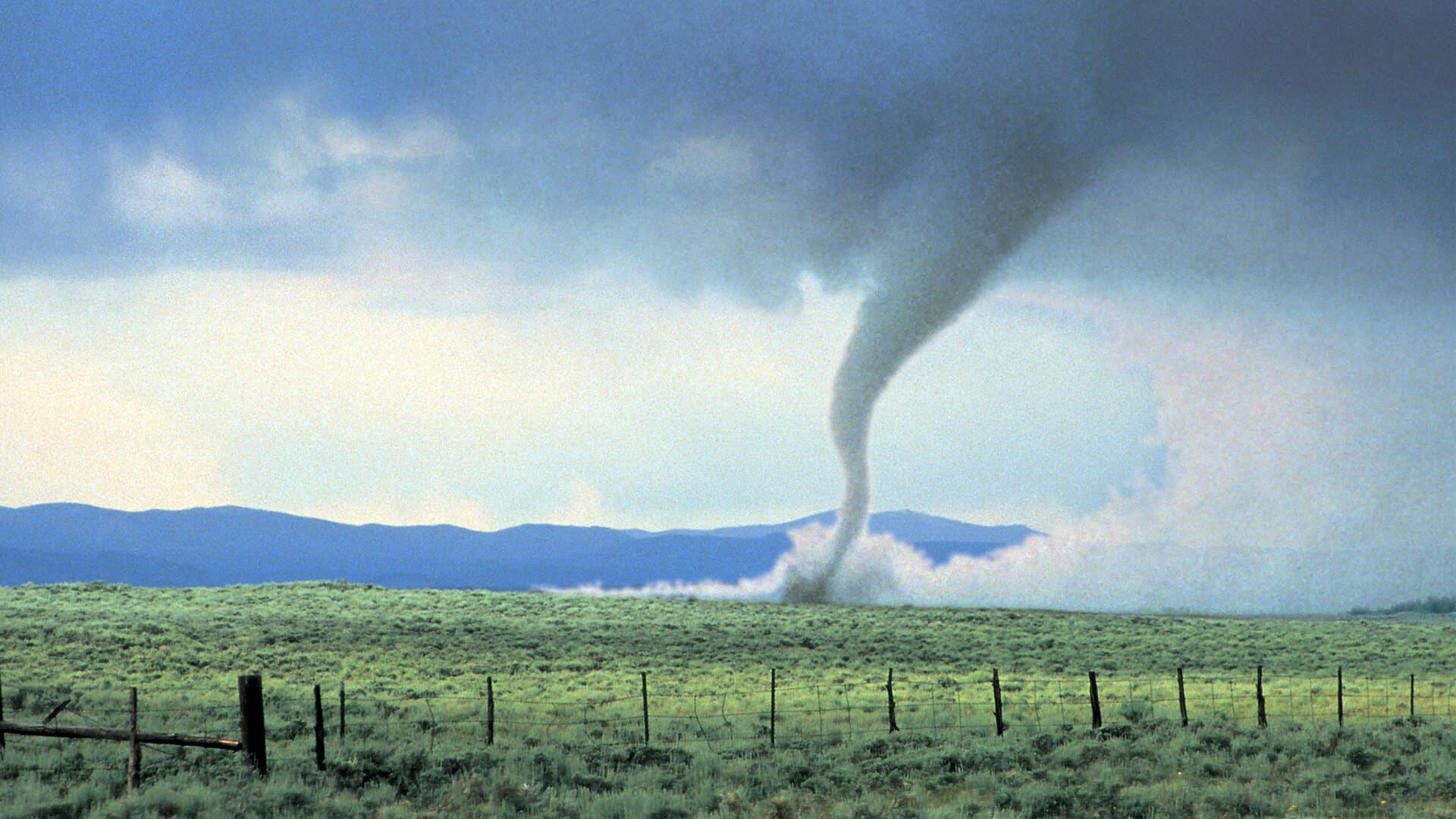It’s seems to always be raining money in the Marvel Universe. The studio has grossed $17.3 billion with 20 movies released so far, and it has a never-ending list of more lined up – enough to keep audiences a half step away from renting out permanent space to live in theaters.
Marvel is killing the superhero movie game, with only light competition. DC Universe stars household names like Superman, Batman, and Wonder Woman, but most of those movies flopped, so it’s a distant second, with a $9.7 billion worldwide gross across 25 films. Wonder Woman was arguably the only movie out of the DC Universe bunch to reach success – the power of women.
For those of us with $5 in our wallets, $10 billion is still nothing to sneeze at, though. Superhero franchises have been making bank for years. Box office figures don’t include other revenue generators, like merchandise. How many children have worn Batman, Superman, and Spiderman pajamas, or slept in superhero sheets?
Why do we love superheroes so much?
Writers have theorized that because we live in such a screwed up world, these movies allow us to experience a deus ex machina that we just don’t get in our real lives.
“It’s a very delicate time right now on Earth, and there’s a lot going on that is pretty frightening,” Michael Shannon – who played the villainous General Zod in Zack Snyder’s “Man of Steel” – told FilmInk just prior to the film’s release. “It would be nice to believe or think that there was somebody that could protect us from that.”
Whether it’s random terrorist attacks, over-population, rising crime rates, the threat of financial collapse, the mental hangover of the global financial crisis, prejudice, ignorance, infectious killer viruses, or just traffic congestion, our world is on a constant knife edge. And in troubled times, people enjoy escapism, and perhaps secretly wish that there were superheroes around to hose down all of the horrors of the world.
Interestingly enough, Marvel’s growth parallels the world’s problems. Marvel Comics #1 dropped in 1939, sandwiched between the Great Depression and a war with the Nazis. Captain America first appeared in 1941.
After World War II, superheroes fell slightly out of favor until the 1950s when DC Comics began competing with Marvel. During the height of the Cold War the comic book franchises rolled out iconic characters such as the Fantastic Four, Spider-Man, the Incredible Hulk, and the X-Men.
Marvel went public in 1991 and subsequently went bankrupt in 1996. The Cold War had ended and the economy was booming – maybe we do turn to superheroes when times are hard. After all, the modern phase of the superhero craze began with the post-Sept. 11, release of “Spider-Man” with Tobey Maguire in 2002. That film was the first ever to gross over $100 million in its first weekend.
Alternatively, maybe it helps to have a massive media conglomerate at your back. In 2009, Disney bought Marvel for $4 billion, and three years later, began rolling out Marvel Universe movies.
The Marvel Formula
Superhero movies are exceedingly popular, but they do occasionally disappoint.
Marvel’s success is in part due to a half century of comic book material, rich with complex characters, conflicts, and evolving struggles. The other half of the success comes from the franchise structure.
Since 2007, comic fanboy Kevin Feige has been the Marvel Universe’s president of production. One person leading a 20-plus film franchise keeps everyone focused on one long-term vision.
“Kevin Feige is doing the same thing Stan Lee did for the comic books in the ’60s; he keeps everyone on the same page,” Jonathan Kuntz, a lecturer at the UCLA school of theater, film and TV, told TheWrap.
Marvel’s 19-film franchise goes against Hollywood’s nature, Kuntz said. A lot of franchises focus on trilogies before they tend to reboot or squash it after diminishing returns. But Marvel has maintained a franchise for this long, one that veers, goes off on tangents, yet always comes back to the main idea, thanks to a longer-term vision. And Feige’s been the one pulling the strings from the beginning.
Vox notes that the studio system allows films to unravel tangential storylines and introduce new characters, all while keeping them connected to the core.
Superhero movies offer many of the same elements as successful fantasy franchises – magic, visual wonders, complex characters, and a clear delineation between good and evil. What may appeal to us most of all is that in these universes, the good guys always win.











